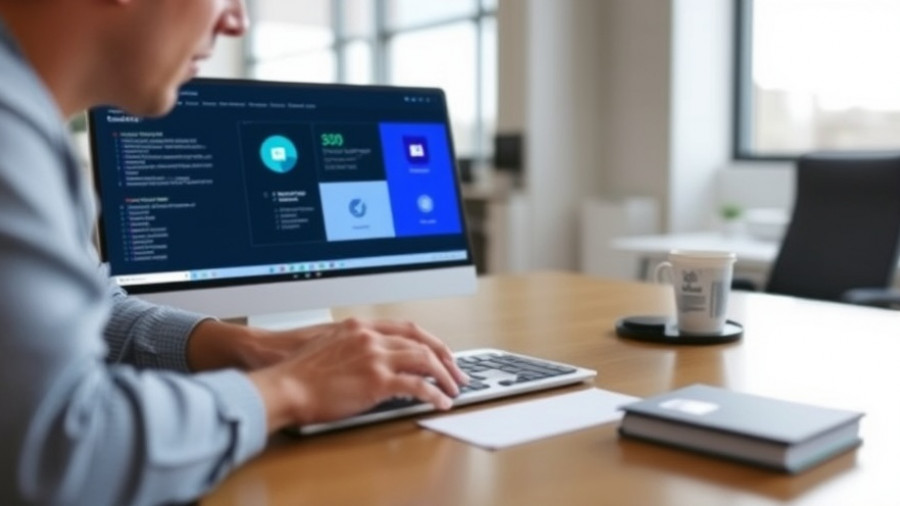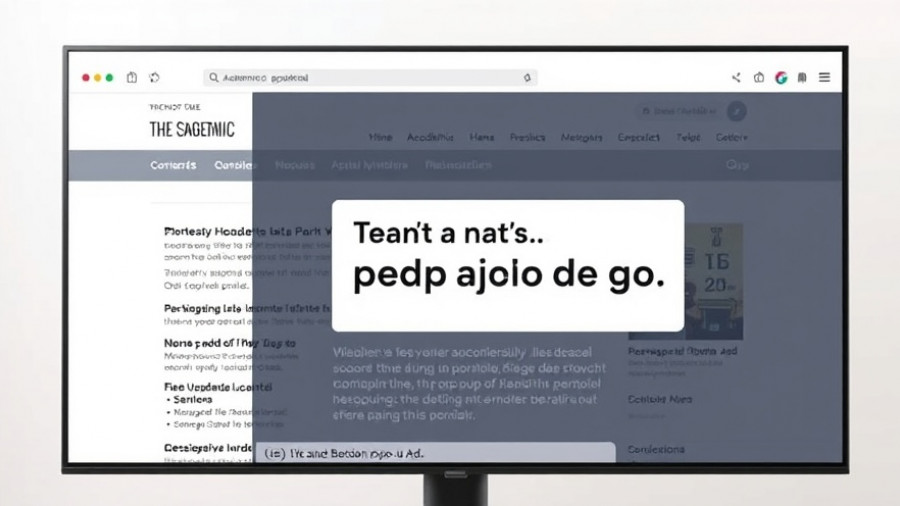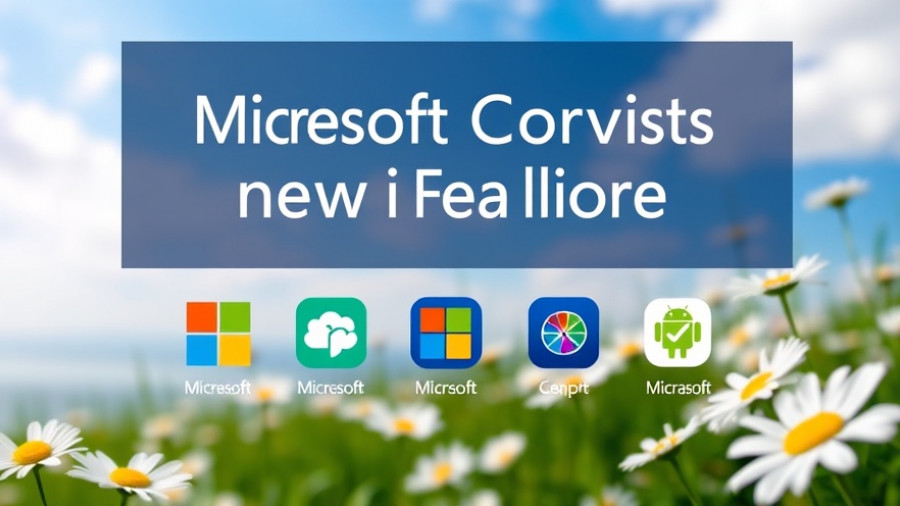
Chatting with Your PC: The New Future of Windows
Imagine having a conversation with your computer about your tasks and projects. This is the vision Microsoft is shaping for the future of Windows. With advancements in AI, cloud technology, and multimodal interfaces, the company plans to redefine how users interact with their PCs. In an interview, Pavan Davuluri, head of Microsoft's Windows + Devices group, explained that the aim is to enable users to access Windows anywhere via the cloud while leveraging AI to enhance productivity and user experience.
Transforming the Experience with AI and Cloud
Incorporating AI into Windows is not a new endeavor for Microsoft. The company has gradually introduced cloud capabilities into its core operations, leading to the creation of Windows 365 Link—a lightweight device designed to seamlessly connect to the cloud. With this model, users will transition smoothly between their local and Azure computing environments, allowing for improved efficiency.
Microsoft's cloud services have been integral in designing applications like Adobe Photoshop, where local GPU resources are complemented by generative AI in the cloud. This hybrid system maximizes performance while enabling users to access complex features without the typical resource constraints of standard PCs.
Reimagining Multimodal Interaction
Besides AI, voice and contextual awareness will play a significant role in the evolving Windows experience. This involves allowing users to communicate with their computers not only through typing or touching the screen but also through voice commands and other gestures. Davuluri mentions that future interactions will become increasingly “ambient,” suggesting a move towards a world where technology understands user context, anticipating their needs based on real-time input.
As Windows incorporates voice interaction through custom features like “Copilot Vision,” computers will gain the capability to analyze visual cues, making them contextually aware. This shift could dramatically change how we interact with technology—no longer will it just respond to commands; it will understand user intent and facilitate multitasking seamlessly.
The Broader Implications of AI and Computing
The integration of AI within the Windows framework signifies a broader trend in tech applications aimed at enhancing user experience. Companies across the globe are adopting similar strategies to create more intuitive and accessible technology. For instance, as seen in market leaders like NVIDIA, incorporating AI streamlines operations, boosts productivity, and transforms how creative professionals work.
This approach mirrors general observations in the tech industry, where an increasingly diverse range of input modalities is shaping software design. The potential for applications extends beyond conventional desktop interactions to more immersive experiences in areas such as augmented and virtual reality.
Looking Ahead: Predictions for Windows and AI
The next few years look promising for the Windows ecosystem as Microsoft implements these ambitious changes. Experts believe that the focus on AI and cloud computing will not only enhance user productivity but could also redefine the very concept of personal computing. As virtual assistants and smart devices proliferate, users will likely expect a more integrated and cohesive digital environment.
Furthermore, as AI continues to evolve, the potential for applications could grow exponentially. By capitalizing on advancements in machine learning and language processing, Microsoft seeks to maintain its competitive edge while providing significant value to users at home and in businesses.
Conclusion: Embracing the Future of Technology
As Microsoft ventures deeper into AI, voice, and context-aware computing, it invites users to adapt to a rapidly evolving technological landscape. Understanding these advancements is essential, whether you're a user or a professional in the tech industry. The shift towards a more intuitive and responsive Windows experience illustrates the larger trend towards seamless computing. As Microsoft develops more features within the Windows operating system, the experience will not only become more powerful but ultimately more user-friendly.
 Add Row
Add Row  Add
Add 




Write A Comment